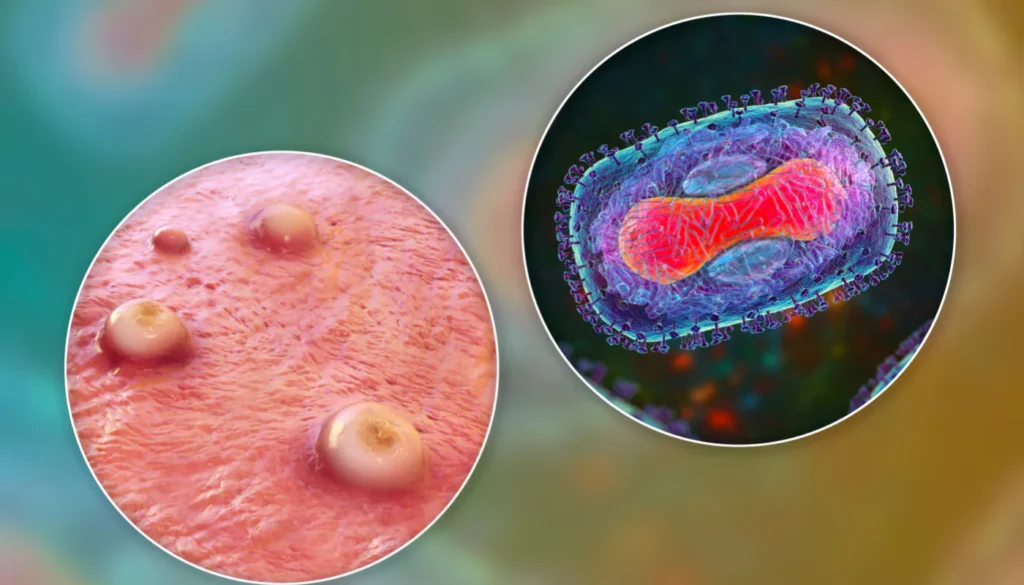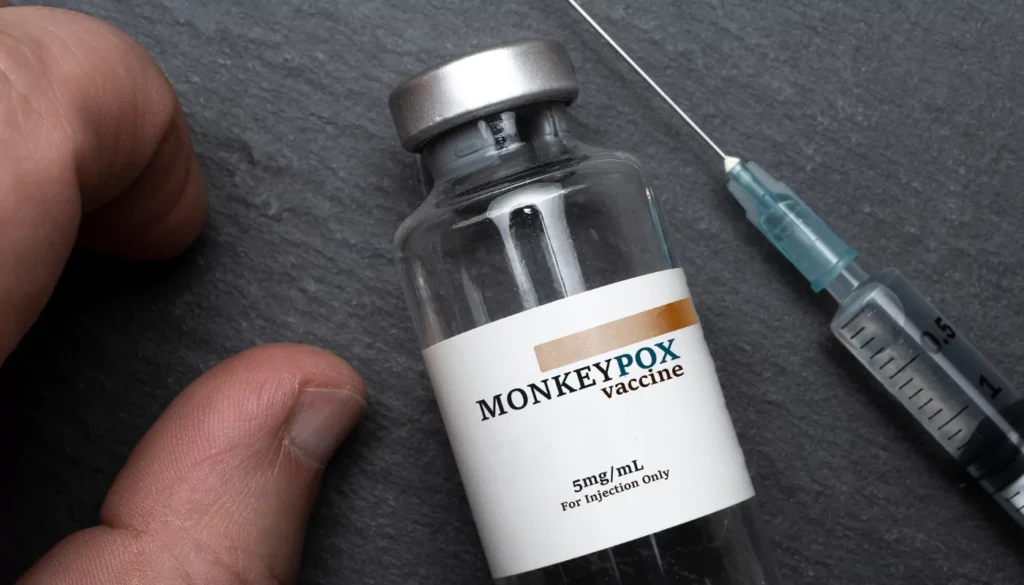Monkeypox: Causes, Symptoms, and Effective Prevention Strategies

Monkeypox is a viral illness that can cause a range of symptoms, from mild to severe. Understanding the causes, symptoms, and prevention strategies for monkeypox is crucial for protecting public health.
Causes of Monkeypox
Virus Origin
Monkeypox is caused by the monkeypox virus, a member of the Orthopoxvirus genus. It was first discovered in 1958 when outbreaks occurred in monkeys kept for research.
Transmission
Monkeypox can spread from animals to humans and between humans.
- Animal to Human Transmission: This occurs through direct contact with the blood, bodily fluids, or cutaneous or mucosal lesions of infected animals.
- Human to Human Transmission: This happens through respiratory droplets, contact with infected bodily fluids, or contaminated objects.
- Environmental Factors: The virus can survive on surfaces, making indirect transmission possible.
Symptoms of Monkeypox

Initial Symptoms
- Fever
- Headache
- Muscle aches
- Back pain
- Swollen lymph nodes
Progressive Symptoms
- Rash Development: Begins on the face and spreads to other parts of the body.
- Lesion Characteristics: The rash evolves from macules to papules, vesicles, pustules, and finally scabs.
- Duration and Stages of the Rash: The rash typically lasts 2-4 weeks.
Diagnosis of Monkeypox

Clinical Evaluation
- Physical Examination: Doctors look for characteristic signs and symptoms.
- Symptom Assessment: A detailed history of the patient’s symptoms and possible exposure is taken.
Laboratory Tests
- PCR Testing: Polymerase chain reaction (PCR) tests are used to detect viral DNA.
- Other Diagnostic Methods: Blood tests and viral cultures may also be used.
Treatment and Management
Supportive Care
- Pain Management: Medications are given to relieve pain.
- Fever Control: Antipyretics are used to reduce fever.
Antiviral Treatments
- Available Medications: Tecovirimat is an antiviral drug approved for treating monkeypox.
- Effectiveness and Usage: It helps reduce the severity and duration of symptoms.
Prevention Strategies
Vaccination
- Available Vaccines: The smallpox vaccine provides some protection against monkeypox.
- Vaccination Campaigns and Coverage: Efforts are made to vaccinate high-risk populations.
Public Health Measures
- Quarantine and Isolation Protocols: Infected individuals are isolated to prevent spread.
- Hygiene and Sanitation Practices: Regular handwashing and disinfecting surfaces are essential.
Personal Protective Measures
- Avoiding Contact with Infected Individuals: Keeping a safe distance from those infected.
- Safe Handling of Animals and Animal Products: Proper precautions when dealing with animals.
Conclusion
Understanding monkeypox, its causes, symptoms, and prevention strategies is vital for controlling outbreaks. Awareness and proactive measures can help reduce the impact of this disease.
FAQs
Q1: What is monkeypox?
A: Monkeypox is a rare disease caused by the monkeypox virus.
Q2: How does monkeypox spread?
A: It spreads through direct contact with infected animals or humans and contaminated objects.
Q3: What are the symptoms of monkeypox?
A: Symptoms include fever, headache, muscle aches, back pain, swollen lymph nodes, and a rash.
Q4: How is monkeypox diagnosed?
A: Diagnosis involves clinical evaluation and laboratory tests like PCR.
Q5: What treatments are available for monkeypox?
A: Supportive care and antiviral medications like tecovirimat are used.
Q6: How can monkeypox be prevented?
A: Prevention includes vaccination, public health measures, and personal protective practices.









